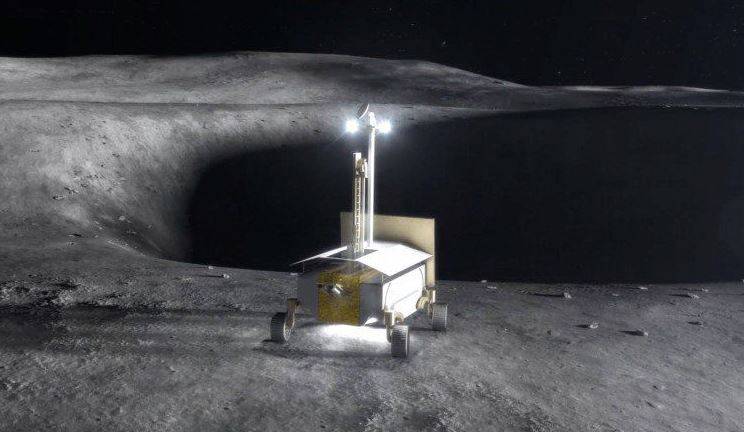
NASA’s budget for the flagship MSR mission increased from $653 million to no less than the requested level of $822 million.

However, these obligations are pushing against the limits of even the expanded budgets Congress has provided. It has also supported an increasingly ambitious portfolio of robotic missions to destinations across the Solar System. Rising funding has allowed the division to vastly expand its activities in lunar science and develop missions aimed at defending the Earth from asteroids. The Planetary Science Division budget increased 3% to $3.20 billion, roughly double its fiscal year 2016 level. Figures are collected in FYI’s Federal Science Budget Tracker. Other science divisions received modest increases and Congress generally met the budgets requested for major projects, but strains on resources are being felt across the directorate.Ĭongress provided detailed direction for NASA in an explanatory statement accompanying its spending legislation and a report prepared by House appropriators. However, lawmakers did not allocate SOFIA’s operating budget to other activities in the Astrophysics Division, which saw its topline budget cut by 4%. NASA’s budget as a whole rose 6% to $25.4 billion, including $367 million provided as a supplement for construction projects.Ĭongress acceded this year to NASA’s decision to cease operating the SOFIA airborne telescope, having previously protected it from proposals to shut it down.

The budget for NASA’s Science Mission Directorate rose 2% in fiscal year 2023 to $7.8 billion, a small percentagewise increase compared to what other parts of NASA and other federal science agencies received from Congress.


 0 kommentar(er)
0 kommentar(er)
